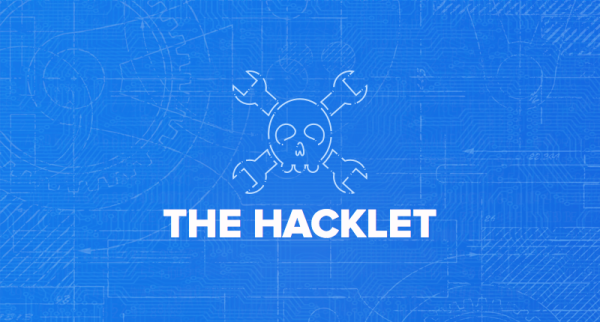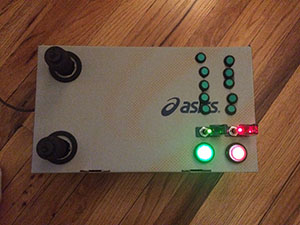The early versions of the Printrbot Simple at about $300 were cheap enough for even the most cash-strapped hackers to put on their desks. Obviously, for that cost, a lot of design compromises were needed to keep it cheap. Sometimes, changes carry forward to the next iteration at no cost increase. One such improvement in the current version of the Printrbot is the belt drive. Unfortunately, if you have one of the late 2013 – early 2014 wood models, it is most likely being driven by a fishing line that loops over a rubber hose attached to the stepper motor. [jason] describes the process of upgrading the Printrbot Simple to a GT2 belt drive , using the designs posted by Thingiverse contributor [iamjonlawrence].
The trouble with the fishing line drive was that it would tend to get loose over time and needed to be pulled taut. Also, it affected precision when the line tended to wander over the drive shaft. The good thing with having rapid prototyping tools is you can make bootstrap improvements using them. Once the parts for the upgrade were printed, [jason] only needed some bearings, GT2 belts and pulleys to complete the upgrade. For those wanting to upgrade their old Printrbot Simple machines, [jason] guides you through the whole process via some detailed photographs and listing out the gotcha’s that you need to be careful about.








 Like most hardware builds for Kerbal Space Program, [lawnmowerlatte] is using a few user-made plugins for
Like most hardware builds for Kerbal Space Program, [lawnmowerlatte] is using a few user-made plugins for  [Gabriel]
[Gabriel] 








